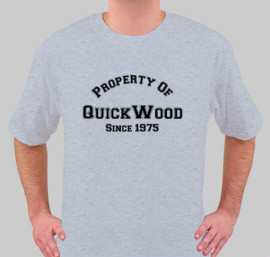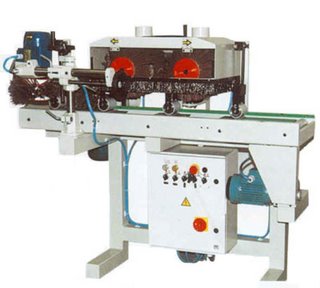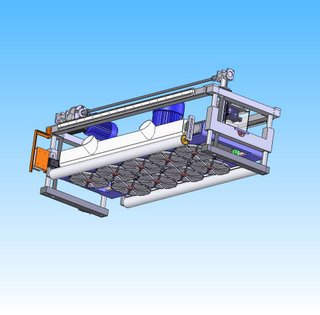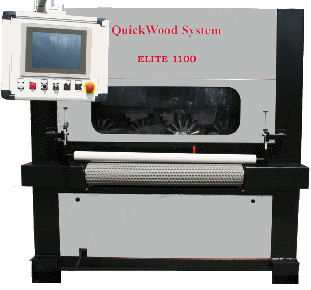Imagine you have taken a great deal of time and care to create an intricate profile for a special project. No matter if this profile were created by hand, by manual router, by a CNC style machine or a molder. The next step is going to be how to sand this intricate profile without destroying the detail.
I know of only one method that works well, the
flap wheel head.
Flap wheel heads are designed to be flexible. This flexibility allows the head to conform to the shape being sanded. When a flap wheel head of the proper configuration is applied to your material multiple things will happen.
In Raw Wood Sanding
First, the process of flap wheel sanding denibbs your product. This is to remove the small fibers that pop up when sanded in any other way or when any type of chemical or water is applied to the surface of the material. These fibers if not removed will raise up and set in a dried position causing a rough primer or stain and seal coat. This will require additional sanding time being needed between coats to achieve a smooth top coat. Utilizing a flap wheel head will remove these fibers resulting in much less sanding time between coats.
In some cases less finish materials will be required because there is less fiber to cover.
Second, you will benefit from the fact that flap wheel heads will insure a uniform pore opening in the material. Uniform pore openings result in uniform color balance throughout the work surface.
Third, you will slightly
soften the sharp edges. Softening these edges eliminates the area that is almost impossible for stain, sealer, or paint to find enough mass to adhere. Incorporating a slight radius in these areas eliminates the weak area in a finish. It also makes sealer or primer sanding much easier in that you are less likely to sand through the finish in these areas.
In
Sealer or Primer Sanding
First, you will have a more thorough and uniform scuff of the sealer or primer coat. This scuffing will ensure a superior bond between seal or primer coat and the top coat.
Second, if the material was properly sanded in the raw, you should now be able to flap wheel sand the sealer or primer coat without burning through or white lining your product.
Third, a more uniform and overall higher quality of the finish.
Biggest benefit in both raw and sealer or primer sanding? You increase quality while decreasing LABOR!
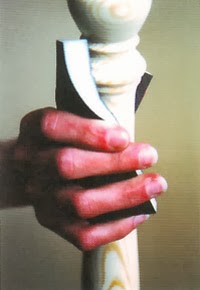



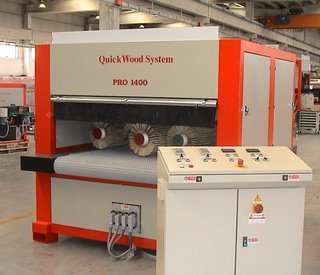

 This style of abrasive would work when the machine was build to revers the spindles a very simple fuction when the spindles where run off an frequency inverter. Even older style Pro or machines like the CD2-300 moulding sander from QuickWood would be very easy to convert over to reversing of the spindles so the double side brush could be used with 2 different grit abrasives.
This style of abrasive would work when the machine was build to revers the spindles a very simple fuction when the spindles where run off an frequency inverter. Even older style Pro or machines like the CD2-300 moulding sander from QuickWood would be very easy to convert over to reversing of the spindles so the double side brush could be used with 2 different grit abrasives.








 The non-directional sanding on metal sheets are done by automatic machine from QuickWood. The machine will make a non directional finish on the metal. The non directional finish can be used for design solutions or as part of a product where a linier finish would not be accepted. Normally a non directional matt finish is a lot easier to keep clean as directional finish is changed first time a customer cleans an appliance. This finish or a similar non directional finish can be produced at about 40 -60 feet per min. with the automatic classic 1300 machine from quickwood. More info on the classic here
The non-directional sanding on metal sheets are done by automatic machine from QuickWood. The machine will make a non directional finish on the metal. The non directional finish can be used for design solutions or as part of a product where a linier finish would not be accepted. Normally a non directional matt finish is a lot easier to keep clean as directional finish is changed first time a customer cleans an appliance. This finish or a similar non directional finish can be produced at about 40 -60 feet per min. with the automatic classic 1300 machine from quickwood. More info on the classic here 


